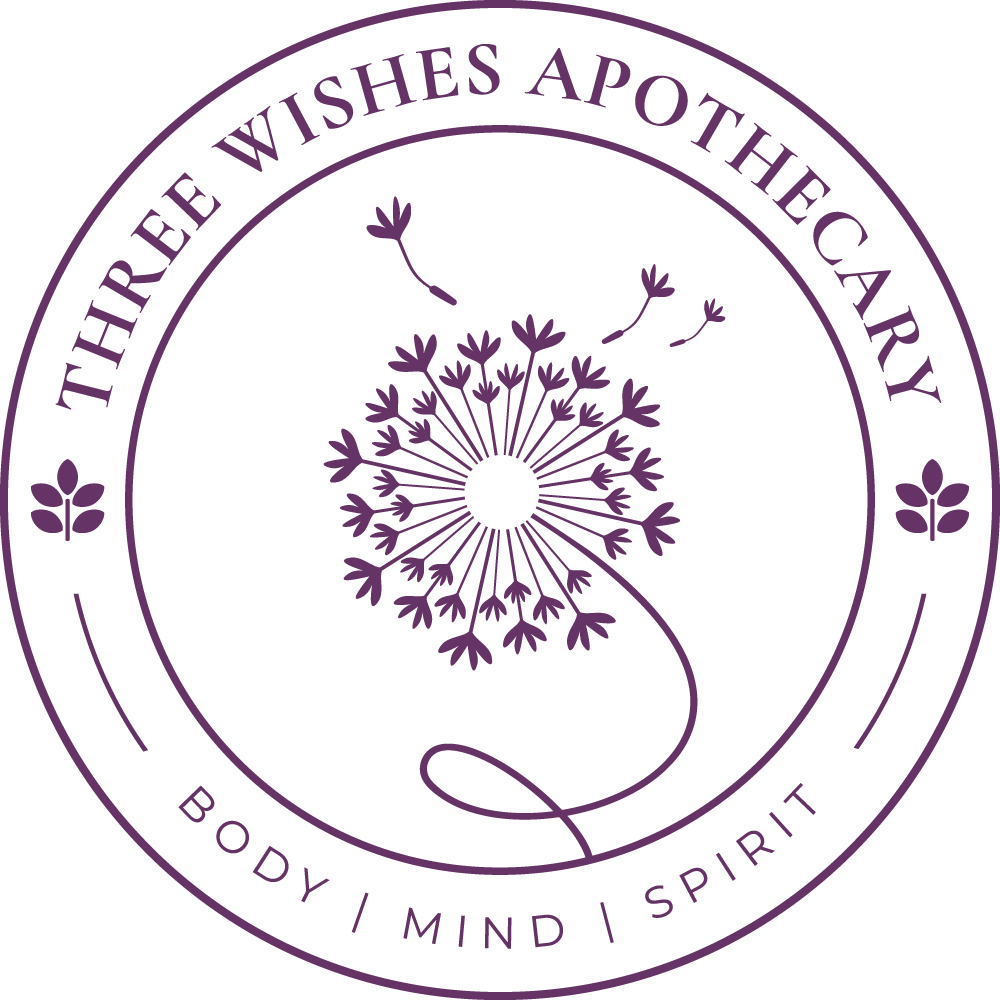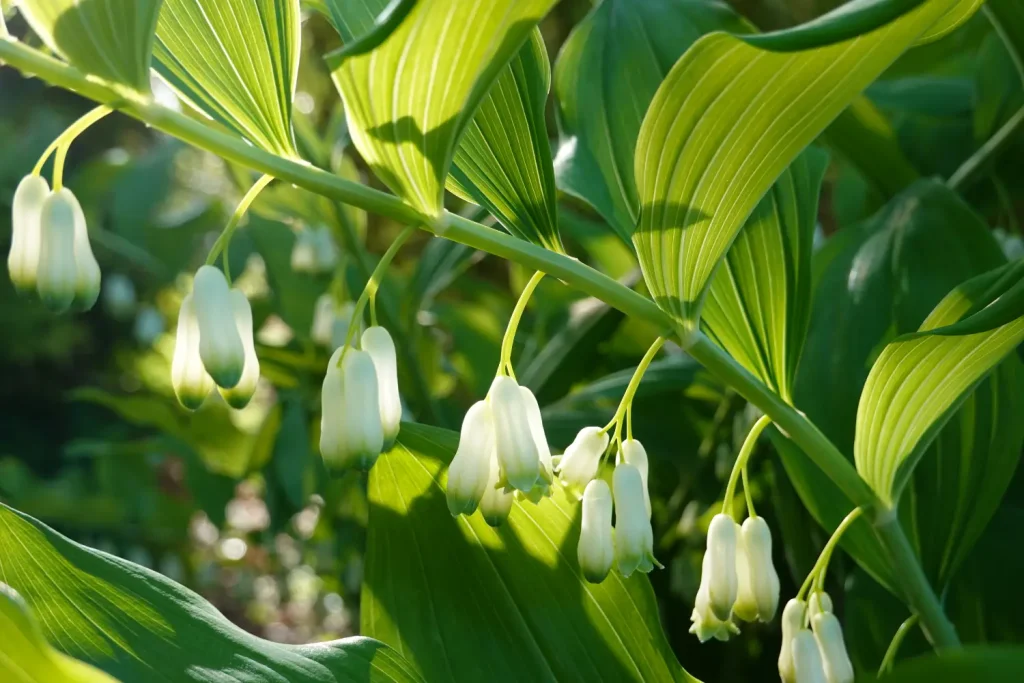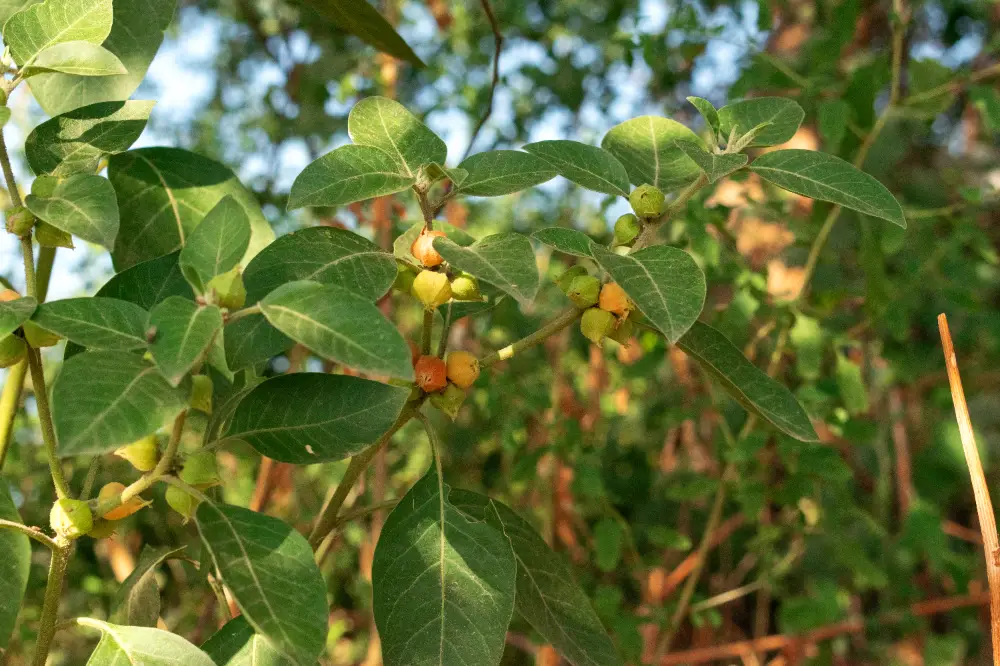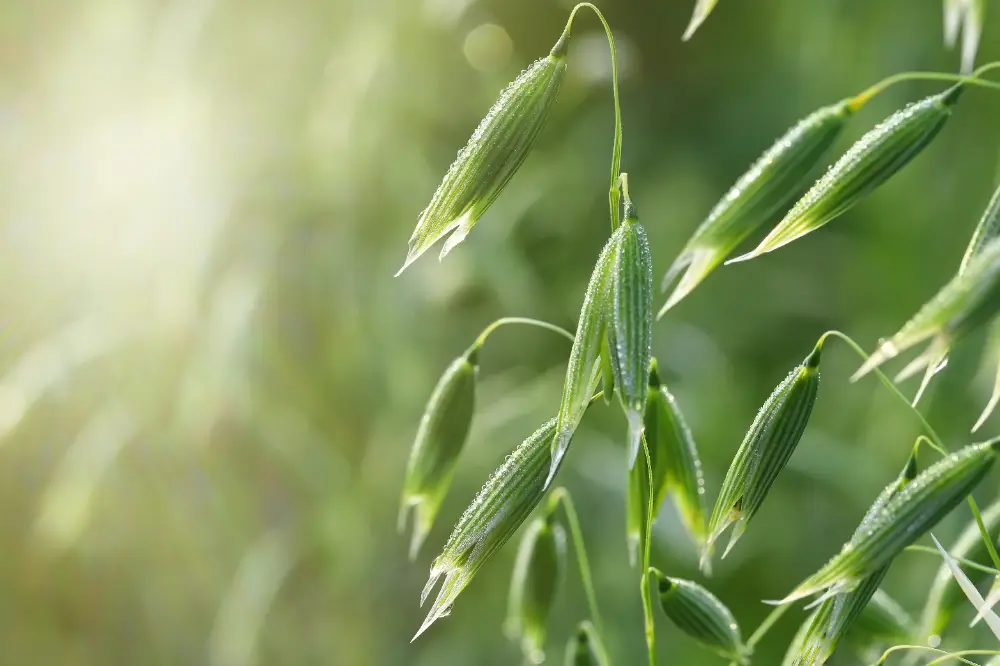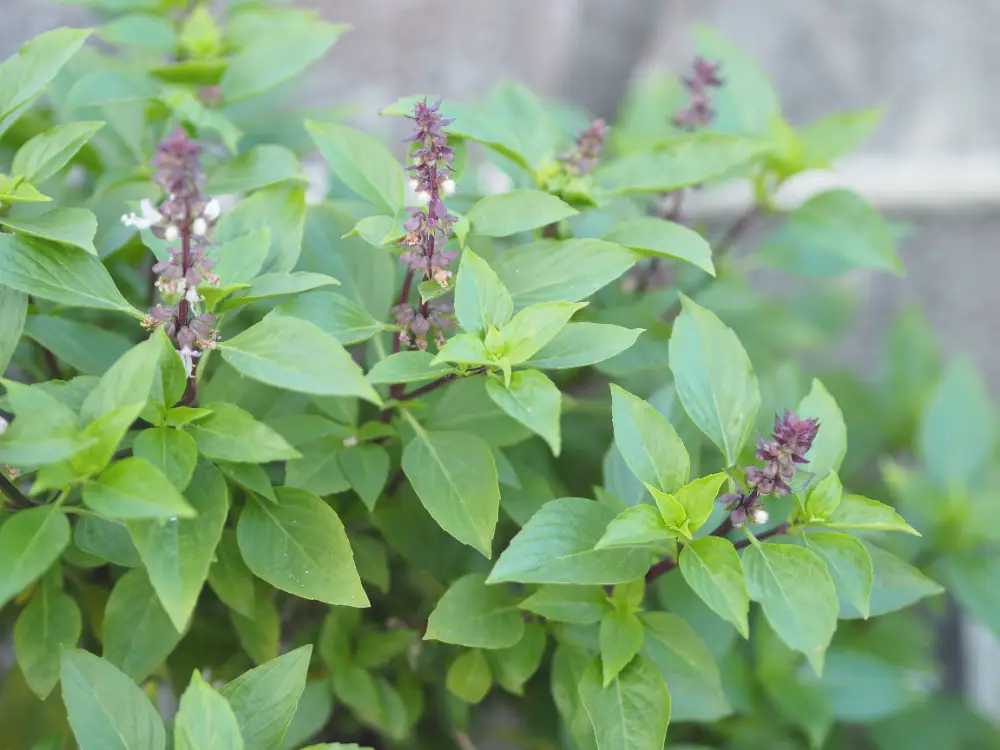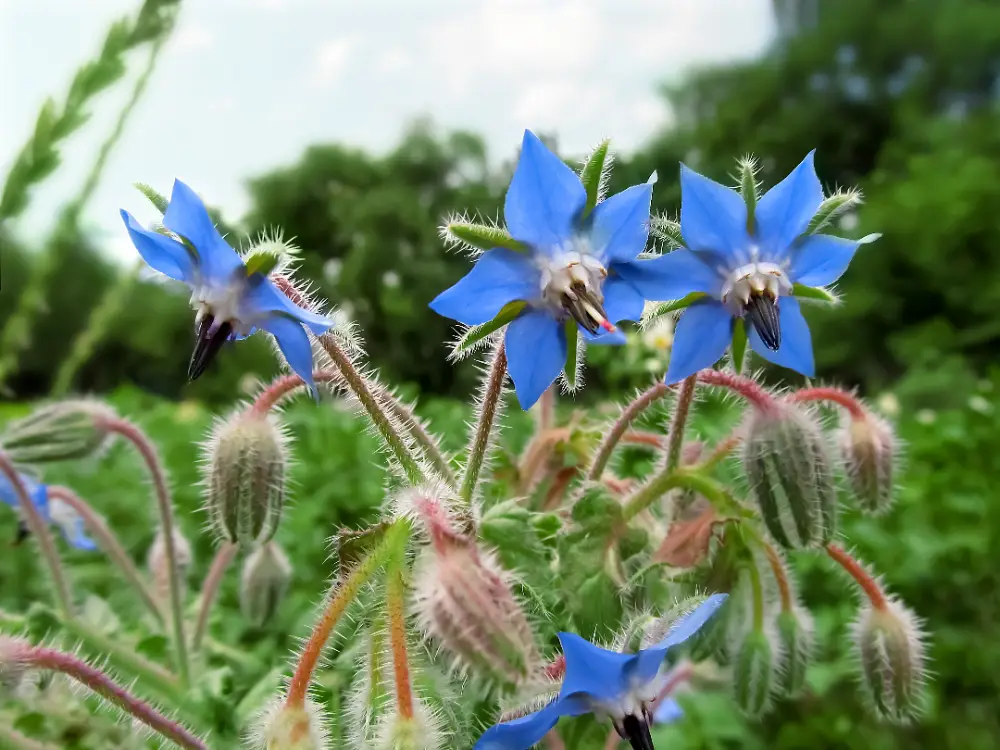
Echinacea
Echinacea spp. (Echinacea purpurea, Echinacea angustifolia, Echinacea pallida)
Asteraceae (Daisy family)
The Guardian of Immunity and Resilience
Other names:
Purple Coneflower, American Coneflower
Superpower
Immune-modulating powerhouse, revered for its ability to enhance the body’s natural defenses.
Cautions
Generally safe for most people, but those with autoimmune disorders should use with caution.
May cause mild allergic reactions in individuals sensitive to the Asteraceae family.
Known Chemical Constituents
Root
-
Alkamides (isobutylamides): major active compounds; modulate immune response and exhibit antimicrobial activity.
-
Caffeic Acid Derivatives: echinacoside, cynarin, chlorogenic acid — antioxidant and immunostimulant.
-
Polysaccharides: immunomodulatory and macrophage-activating effects.
-
Volatile Oils: trace; contribute to antimicrobial action.
-
Glycoproteins: support nonspecific immune response.
-
Polyacetylenes: antimicrobial and anti-inflammatory.
Flowering Tops
-
Polysaccharides: higher in concentration than roots; responsible for immune-modulating and demulcent effects.
-
Caffeic Acid Derivatives: chicoric acid (especially in E. purpurea), caftaric acid — potent antioxidants and immune-supportive compounds.
-
Flavonoids: quercetin, kaempferol — antioxidant and anti-inflammatory.
-
Alkamides: present in smaller amounts than in root but still contribute to lymphatic stimulation.
-
Phenolic Compounds: rosmarinic and chlorogenic acids — supportive to connective tissue and microcirculation.
-
Glycoproteins & Lectins: immunomodulatory constituents stimulating macrophage activity.
Botanical Description
Habitat: Native to North America, commonly found in prairies and open woodlands.
Leaves: Lance-shaped, coarse, and slightly hairy.
Stems: Erect, sturdy, and covered in fine hairs.
Flowers: Prominent cone-shaped center with purple, pink, or pale lavender petals that slightly droop.
Roots: Thick, fibrous, and deeply penetrating.
Fun Facts
Echinacea was one of the most widely used medicinal plants in the United States before the introduction of antibiotics.
Parts Used
Root, aerial parts (flowers and leaves).
Harvest
Aerial parts: harvested at the onset of flowering, when petals are still narrow and not yet fully expanded.
Roots: Best collected in autumn after the aerial growth has senesced, allowing for the concentration of beneficial constituents.
Preparations
Tincture: Often made from root or whole plant.
Tea: Dried roots and leaves steeped in hot water.
Capsules: Encapsulated powdered root.
Topical: Poultices and salves for wound healing.
Sacred Rituals
Used in herbal amulets and charms for protection and spiritual fortification. Often included in healing ceremonies.
Affirmations
“I am strong, resilient, and protected as I walk in harmony with nature.”
Spiritual Associations
Symbolizes protection, healing, and resilience. Often used in rituals for strengthening spiritual immunity and warding off negativity.

